Facebook and Messenger users under 16 years old can now access new safety features available on Teen Accounts. Teens under 16 automatically experience account protection in Teen Accounts through limited contact permissions as well as hidden inappropriate content and break reminder features. The settings under Teen Accounts require parental permission before any modification. Social media concerns about youth mental health have led Meta to introduce new safety updates.
What Are Teen Accounts?
The platform has designed special profiles named Teen Accounts that aim to protect teen users online. The account privacy rules for Facebook or Messenger start strict immediately following account sign-up by any teen under the age of 16. The account’s accessibility extends only to friendships between its users because friends exclusively have access to messages and post views. Facebook users who have not established friendships with someone cannot access either their messages or post comments on their photo content.
Teens also get reminders to log off after one hour of use. At night, their accounts switch to Quiet Mode, which blocks notifications to help them sleep. Parents must permit teens to turn off these features or go live on Instagram.

Why Meta Is Making These Changes
Lawmakers and parents have pressured Meta to protect young users better. Last year, 33 U.S. states sued Meta, accusing it of ignoring risks to teens’ mental health. Countries like the UK have also passed laws requiring social media companies to shield kids from harmful content.
Meta says over 54 million teens already use Teen Accounts on Instagram. A company survey found that 94% of parents think these accounts help keep teens safe, and 85% say they improve their child’s experience online.
How Teen Accounts Work
Parents Have More Control
Parents can now monitor their teen’s friends list, screen time, and privacy settings. For example, if a teen wants to disable the feature that blurs nude images in messages, a parent must approve it. Teens under 16 also need parental permission to start live videos on Instagram.
Meta uses artificial intelligence to detect if someone lies about their age. If a user claims to be over 18 but acts like a teen, their account gets switched to Teen mode automatically.
Problems Critics Point Out
Some safety experts say Meta’s changes do not go far enough. While Teen Accounts block strangers from messaging teens, they do not stop harmful content from appearing in feeds. For example, algorithms might still suggest posts about eating disorders or self-harm.
Another issue is that teens can fake their age when signing up. Meta says it uses tools like video selfies to catch liars, but studies show many kids still get around these checks.
What Happens Next
Meta plans to bring Teen Accounts to more countries after testing them in the U.S., the UK, Australia, and Canada. The company is also working on better tools to spot underage users and enforce safety rules.
The company promotes parent-child dialogues that focus on online dangers. Meta’s research data indicates that numerous parents encounter challenges when talking about online bullying situations along with questionable content with their adolescent children. The company offers guides on its Family Center website to help families navigate these conversations.

Balancing Safety and Freedom
Social media safety is enhanced through Teen Accounts, which avoid causing any feelings of restriction. The platform seeks to please both parents with parental oversight features and teenagers with restricted contact while continuing to maintain their engagement. The main determinant of these changes will depend on their ability to decrease teens’ exposure to harm while avoiding their migration to unregulated social media platforms.
The evolving nature of social media networks presents Meta and other companies with challenging business decisions. The approach to protecting young users requires attention yet does not compromise their freedom of independence. At present, Teen Accounts provide parents and teens with a mutual compromise that suits their needs.





